The 10 Worst Blizzards in US History
The country's harshest storms
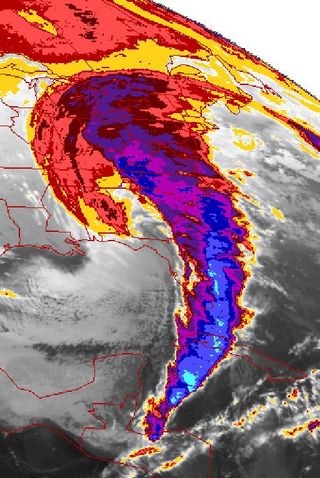
While weather reporters may use the words "historic," "epic," "significant" and "record-breaking" a little too often these days when they talk about winter storms, the United States has seen some truly monstrous blizzards. By definition, a blizzard is more than just a storm. Blizzards bring very low temperatures, strong winds and lots of blowing snow, leading to whiteouts and snowdrifts that bury homes and cars. From the worst to the least severe, here are the 10 harshest blizzards to hit the United States.
The Great Blizzard of 1888
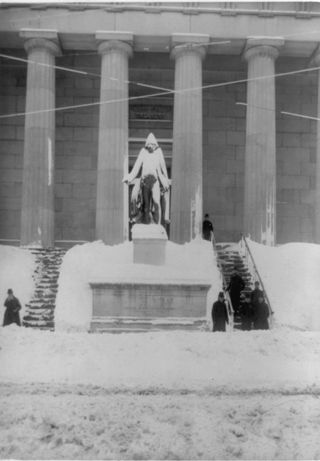
More than 400 people in the Northeast died during the Great Blizzard, the worst death toll in United States history for a winter storm. On March 11 and March 12 in 1888, this devastating nor'easter dumped 40 to 50 inches (100 to 127 cm) of snow in Connecticut, Massachusetts, New Jersey and New York. Huge snowdrifts buried houses and trains, and 200 ships sank in waves whipped up by fierce winds.
The Great Blizzard of 1899
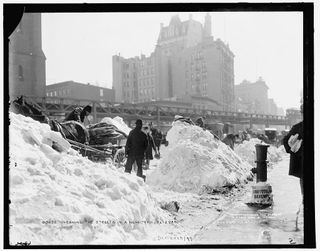
From Georgia to Maine, a punishing storm shut down the Eastern Seaboard beginning Feb. 11, 1899. The wintry weather brought record-low temperatures, some of which still stand today, as well as record snowfall. The snow showers started in Florida and moved north, dropping 20 inches (50 centimeters) in Washington, D.C., in a single day and a record 34 inches (86 cm) in New Jersey.
The Storm of the Century

Can a storm be a both blizzard and a cyclone? Yes, and it's nasty. The Storm of the Century wreaked havoc from Cuba to Canada. As strong as a hurricane, covering an entire continent, the storm was responsible for 310 deaths, $6.6 billion in damage, and shut down the South for three days. Coming a week before spring, on March 12, 1993, the hit was hard to take. However, the Storm of the Century marked the first successful five-day forecast by the National Weather Service of a storm's severity, and a State of Emergency was declared in some regions before snow even started falling.
The White Hurricane
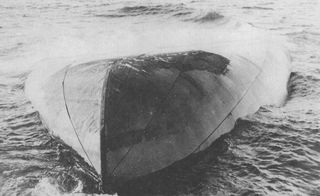
A blizzard with hurricane-force winds, this devastating storm is the deadliest natural disaster to ever hit the Great Lakes region. More than 250 people died when the winter whopper, called a November gale, struck the Great Lakes on Nov. 7, 1913. Waves on the lakes reached 35 feet high (10 meters) and the storm's sustained wind speed reached 60 mph (96 km/h) for more than half a day.
The Children's Blizzard
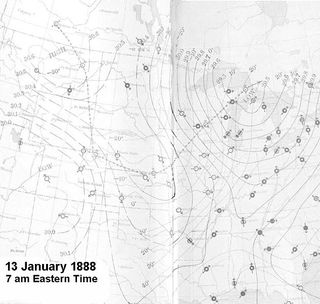
The Children's Blizzard earned its tragic name because of its timing. On Jan. 12, 1888, temperatures dropped from a relatively balmy few degrees above freezing to a wind chill of minus 40 degrees Fahrenheit (minus 40 degrees Celsius) in the Dakota Territory and Nebraska. Because of the warm day, thousands were caught unprepared for cold weather, including schoolchildren sent home by their teachers during the storm. The death toll was 235.
The Great Appalachian Storm
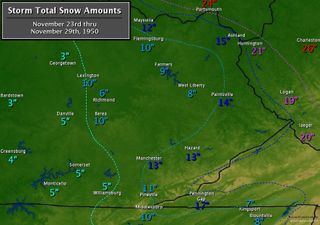
A winter storm marked by heavy rains, winds and blizzard conditions, the Great Appalachian Storm formed over North Carolina before looping around Ohio, devastating much of the Southeast along the way. The Nov. 24, 1950, storm, responsible for 353 deaths, became a case study for tracking and predicting winter weather.
The Knickerbocker Storm
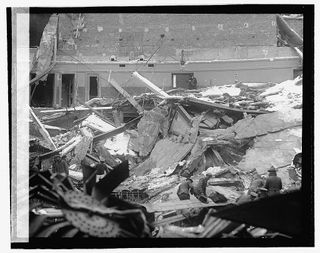
This blizzard gained notoriety for its heavy, wet snows, which collapsed the roof at one of the most popular venues in Washington, D.C. The storm takes its name from the cave-in at the Knickerbocker Theater, which killed 98 people and injured 133. As much as 3 feet (90 cm) of snow fell in the Maryland, Virginia and Pennsylvania during the blizzard, which hit Jan. 27 and Jan. 28 in 1922.
The Armistice Day Blizzard
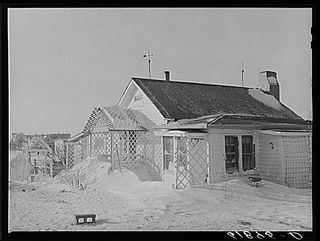
An exploding bomb (weather lingo for a large pressure drop) went off over the Midwest on Nov. 11, 1940, as cold Northern air collided with warm Gulf Coast moisture. The raging blizzard quickly chilled the air, and fierce winds built 20-foot (6 m) snowdrifts. A total of 145 deaths were linked to the storm, including about 25 duck hunters who were not prepared for the cold weather forecasters had not predicted the severity of the coming storm.
The Super Bowl Blizzard
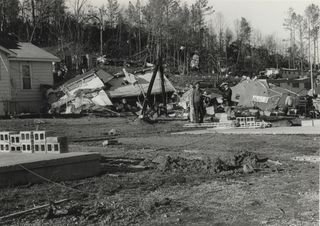
The Super Bowl Blizzard takes the trophy for most unusual: A record low-pressure system (961 millibars), it sparked tornadoes in the Southeast before heading into the upper Midwest, where heavy snows and cold killed more than 100,000 farm animals. Unlike many winter storms, which sweep in from Canada, the Super Bowl Blizzard started in the Pacific and crossed the Rocky Mountains. As it headed over the Plains on Jan. 9, 1975, the first of 45 tornadoes spun up. The two-day outbreak killed 12 people and injured 377. In the Midwest, the front mixed with Arctic air from the north and warm Gulf of Mexico moisture, the classic ingredients for a winter blizzard. Heavy snows and winds killed 58 people.
Snowmadgeddon
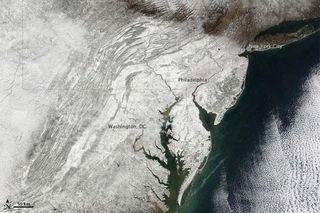
Two blizzards in February 2010 broke snowfall records in the mid-Atlantic region, such as a whopping 32.4 inches (82.3 cm) of snow at Washington's Dulles International Airport. After the second snowstorm in February, 68.1 percent of the country was blanketed by snow. The term "snowmadgeddon," around since 2009, stuck when President Barack Obama used it at the Democratic National Committee's winter meeting during the storm.
Sign up for the Live Science daily newsletter now
Get the world’s most fascinating discoveries delivered straight to your inbox.













